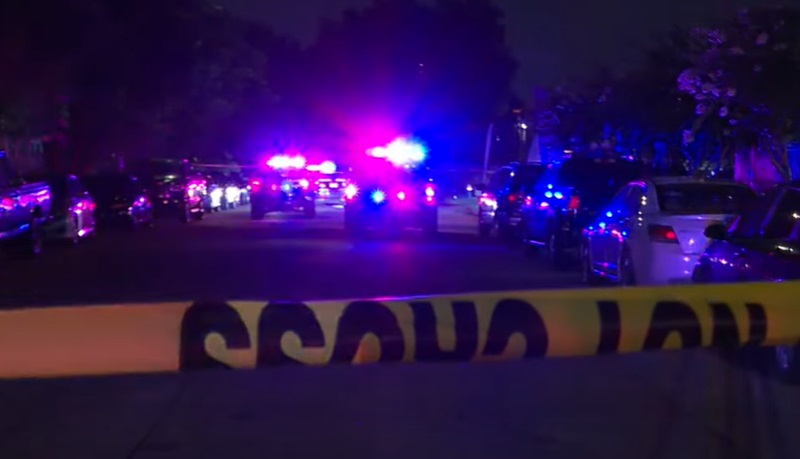
Each October the FBI releases its annual crime report, known as the UCR. It may not tell us as much as we think. The main benefit of the Uniform Crime Report is the year to year comparison since 1930. While the UCR statistics can be an important barometer of crime in America, there are limitations that consumers should know.
First, while most police agencies voluntarily report their crime statistics to the FBI program, participation is not 100%. Non-participating agencies can lose access to some federal databases, so there is incentive to report. With recent additions to reporting requirements under a the National Incident Based Reporting System (NIBRS) have become more detailed and burdensome, which may reduce involvement or accuracy.
Secondly, the definitions of the crimes recorded by the UCR are subject to the interpretation of the reporting agency, which can result in some variance in the way that the offenses are reported from one agency to another. Some agency administrators may encourage officers to reduce some offenses to lower levels of crime. Arson can become vandalism, burglaries can become trespass, and a string of similar crimes might be labeled as a single event.
Thirdly, what gets reported in the media is generally the set of offenses that are most serious. The crimes of murder, rape, arson, robbery, aggravated assault, larceny, motor vehicle theft, and burglary are known as Part I crimes. Crimes that may concern people the most such as domestic violence, drunk driving, and drug offenses are also part of the UCR, but are Part II offenses that attract less media attention.
Fourthly, while the value of national statistics is significant, the cumulative numbers may have little to do with a particular jurisdiction. A disproportionate percentage of murders, for example, are concentrated in a handful of metropolitan areas. Crime can be compared between two different populations by using a ratio of crimes per 100,000, but judging the safety of any particular geographic area is specifically cautioned against on the UCR site. It is also noted that the October report is for the previous calendar year and reflects no numbers from the current year.
Finally, only crimes reported to law enforcement end up being represented in the FBI report. Murder is hard to ignore, so that crime category tends to be accurately reported. Because of insurance claims, motor vehicle theft is also generally accurately reported. Larceny is so frequent that it often goes unreported, and rape is notoriously under reported. Arson may be accurately counted when discovered, but many fires that may be arson are not detected as criminal in origin.
When confidence in the criminal justice system is low, victims are less likely to report a crime since they expect nothing will be done. Ineffective prosecution or poor quality law enforcement may show lower reported crime while, ironically, victims who trust in vigorous law enforcement and prosecution may report more accurately, showing a higher crime rate.
A companion crime study that reveals how much crime goes unreported is the National Crime Victim Survey (NCVS), a joint effort between the Department of Justice and the U.S. Census Bureau. Random surveys ask households if they have been victimized by crime and record their confidential responses. This provides data for comparing what people report confidentially to what people report to law enforcement. It is likely to be a much more accurate overall picture of the prevalence of crime that general numbers from law enforcement sources.
While the general headlines may have limited value, the Uniform Crime Report system provides an important service reporting many vital statistics regarding law enforcement resources, demographics on arrestees and victims, and the characteristics of criminal activity, all of which are much more important than the big arrow moving up or down on a graph shown on the evening news. Looking beyond the headlines is important to fully appreciated the UCR’s value.